12 Things That Have Disappeared From Classrooms Since Millennials Were In School
The educational system has completely evolved over the last few decades, and individual classrooms have changed in their own ways.
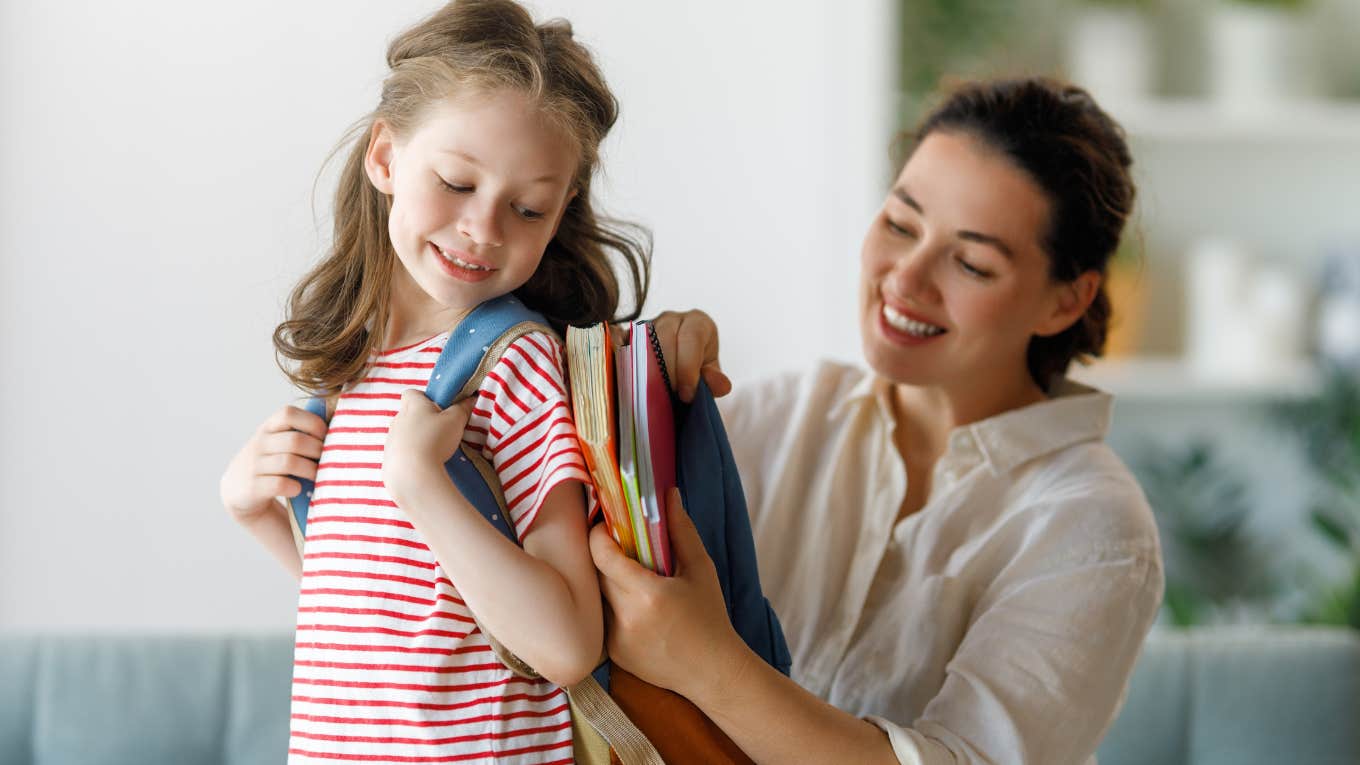 Yuganov Konstantin | Shutterstock.com
Yuganov Konstantin | Shutterstock.com Although millennials born in the 80s and 90s are largely characterized as “Generation Me,” a term coined for their reportedly higher rates of narcissistic traits, assertiveness, and self-liking compared to older generations, many educational shifts experienced by Gen Z and Gen Alpha students are actually putting younger generations at risk for the same “self-centered” label.
From standardization, to new technologies, and modern day educational institution shifts across the board, it’s not just students who are evolving, there are also several things that have disappeared from the classroom since millennials were in school that have contributed to this changing school culture.
Here are 12 things that have disappeared from classrooms since millennials were in school
1. Playground parachutes
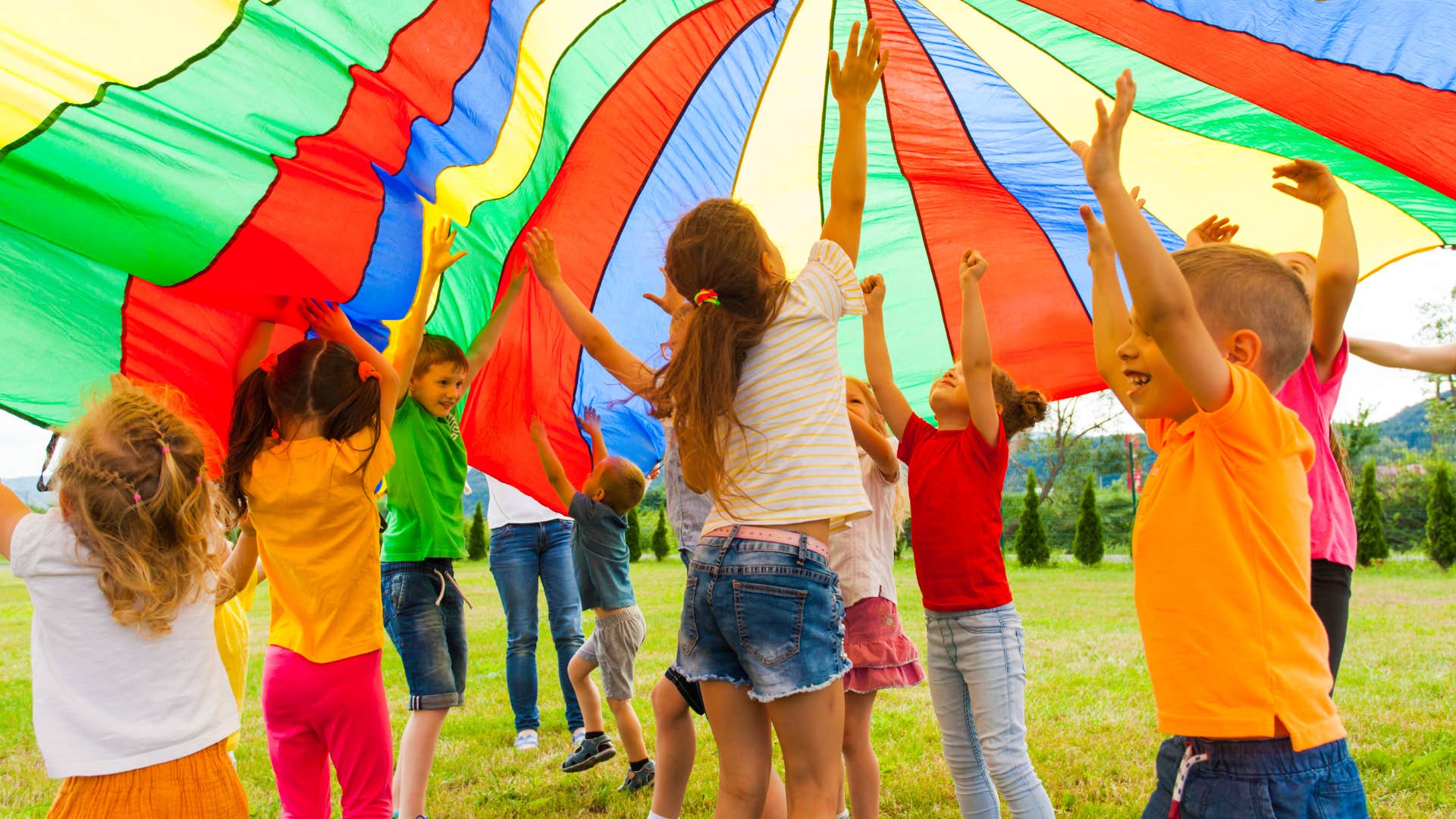 Oksana Shufrych | Shutterstock.com
Oksana Shufrych | Shutterstock.com
While studies like one from the Colorado School of Public Health argue that “parachute play,” similar to the ones millennials experienced in early elementary school on the playground, helps children to develop fine motor skills, important social development, and even sensory input abilities, the majority of schools today have stopped the practice altogether.
Gen Z and Gen Alpha students aren’t just missing out on the joys of rainbow parachutes and fine motor skill development, they’re largely missing out on recess time altogether. Despite research that urges school districts to recognize the benefits of unrestricted play on playgrounds — the kind of recess that millennials enjoyed — many schools are cutting back.
2. Classroom pets
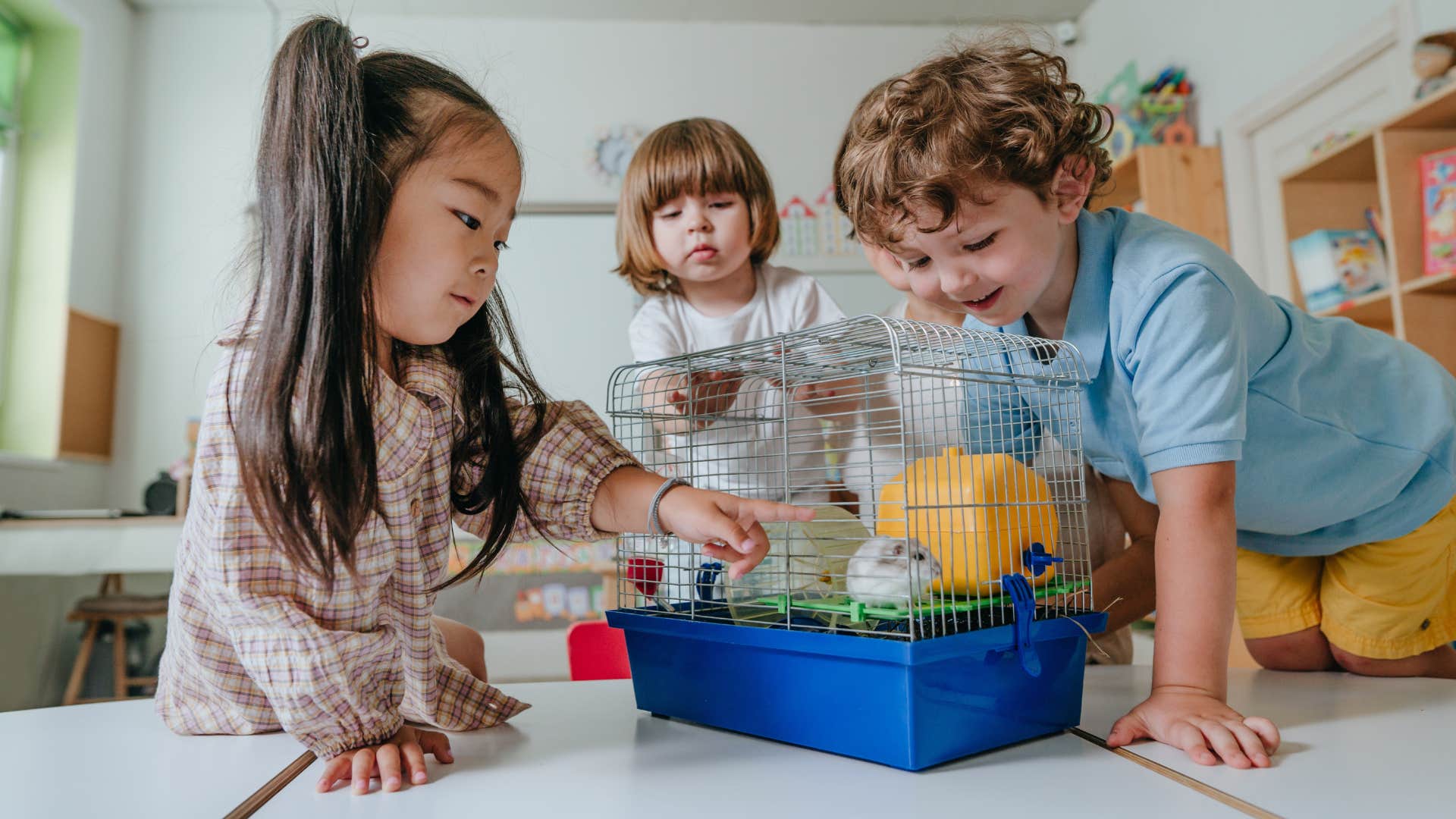 Lithiumphoto | Shutterstock.com
Lithiumphoto | Shutterstock.com
While many millennial adults still have a special part of their heart carved out for their elementary or middle school classroom pets, modern students aren’t experiencing the same practice. From fish, to guinea pigs, and even dogs and cats — the educational shifts many districts are experiencing today are making it difficult to maintain the practice of keeping a classroom pet.
It’s not just short staffing in schools that’s contributing to the change, like research from The Hamilton Project argues is a huge issue in many modern classrooms, it’s also large-scale educational shifts, a focus on standardized testing, accessible ethical problems, and student behavioral concerns that have caused the practice to grow controversial.
3. Learning cursive
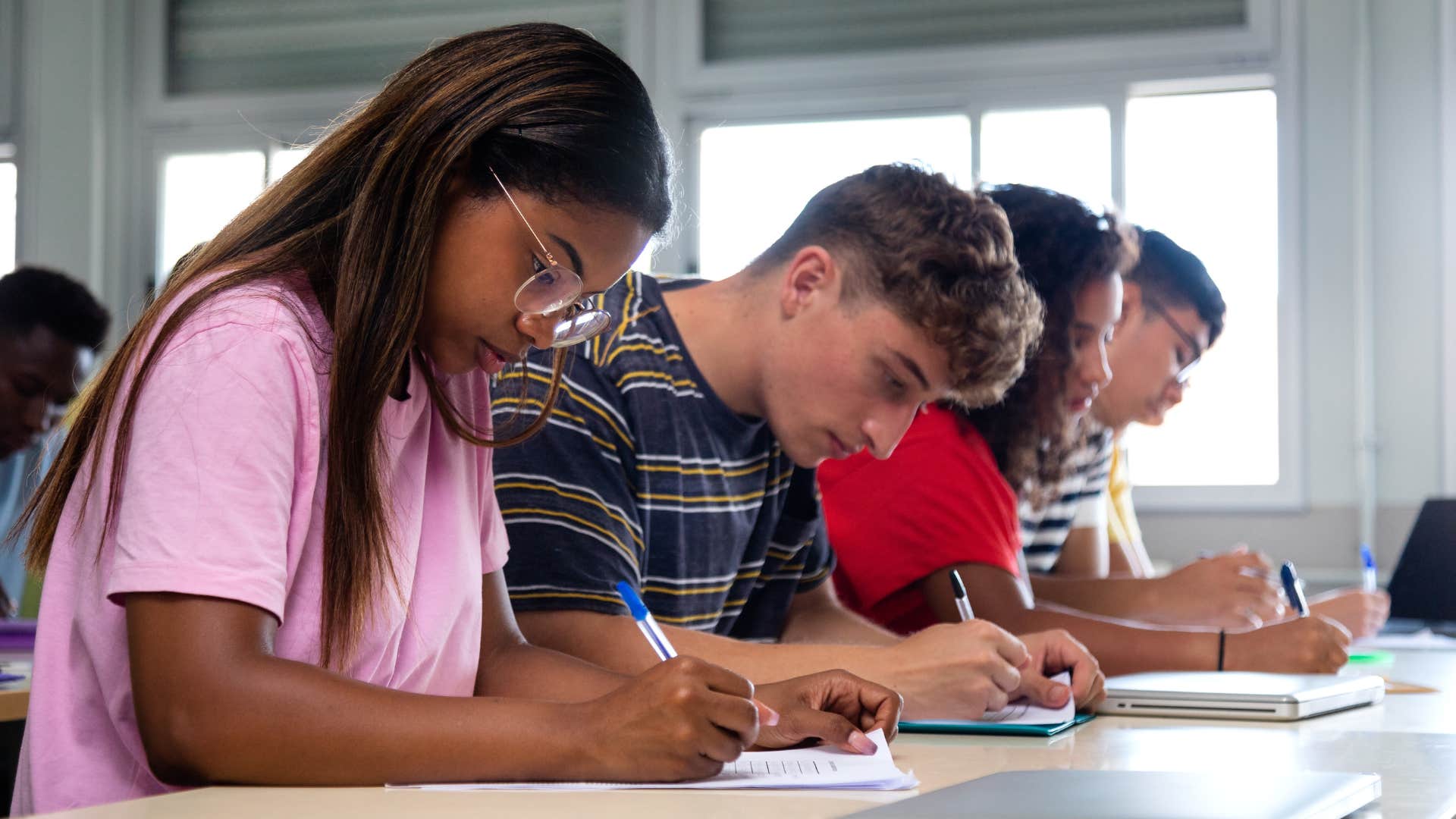 Daniel Hoz | Shutterstock.com
Daniel Hoz | Shutterstock.com
While the practice was fading for younger millennials in their day-to-day lives, many were still forced to learn cursive in their classrooms in elementary and middle school. However, after this handwriting instruction was cut from Common Core curriculums across the country in 2010, it was no longer a required practice in classrooms for any student.
A dreaded lesson for many millennials has now become a relatively “lost” skill in younger generations of Gen Z and Gen Alpha students — who truly don’t recognize it as an innately important skill, amongst new technologies and online signature capabilities.
Especially with standardization efforts in many districts already burdening teachers with heavy workloads and lessons in preparation for standardized testing, many administrators also don’t feel cursive is necessary to continue teaching modern day students.
4. Chalkboards and chalk
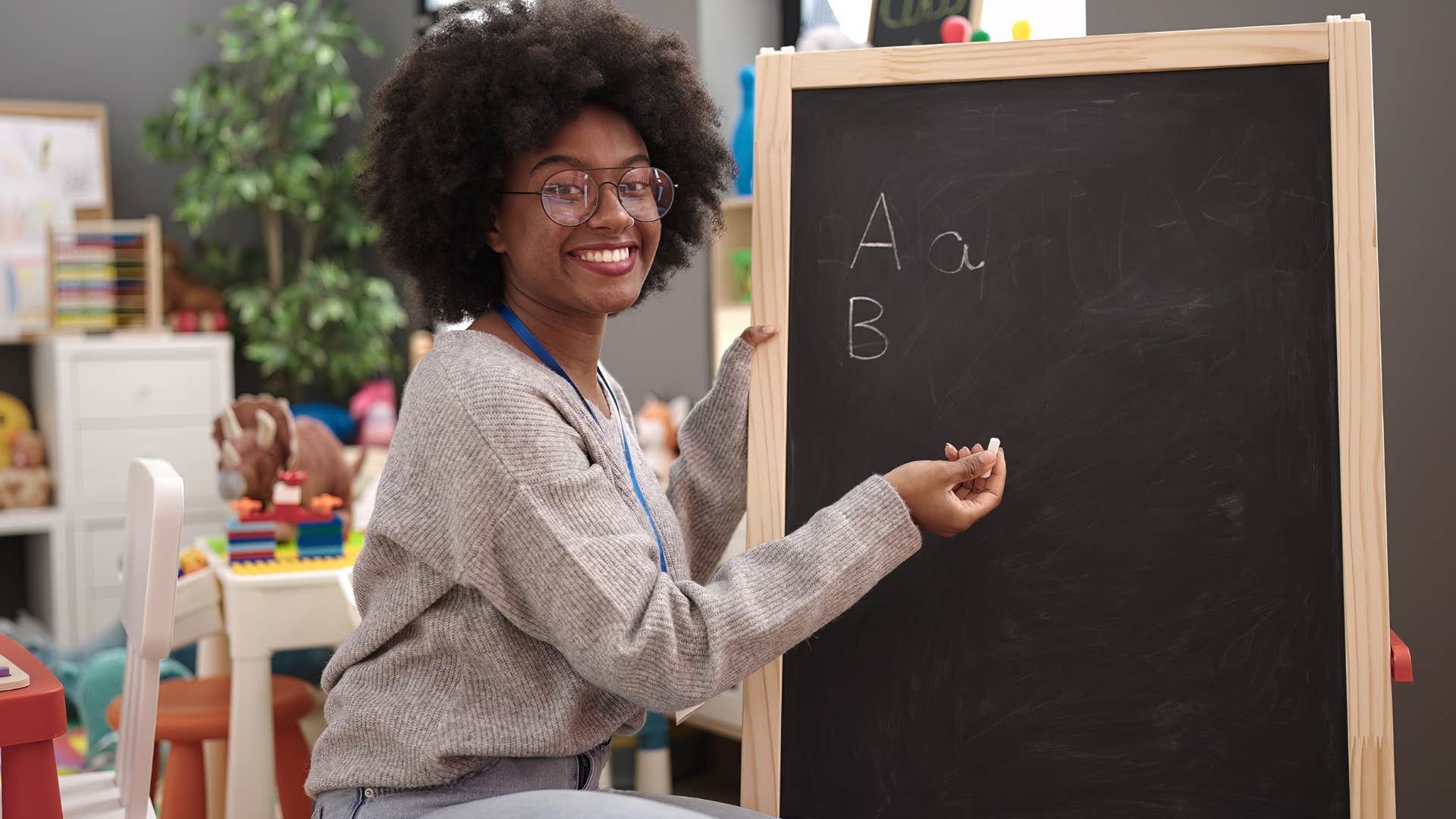 Krakenimages.com | Shutterstock.com
Krakenimages.com | Shutterstock.com
While younger millennials were some of the first to be characterized as “digital natives,” with the addition of laptops, tablets, and other technological devices in the classroom, the majority of them still grew up with chalkboards — or at the very least, a white board.
Chalkboard slates were replaced with white boards and eventually with tablets and personal laptops in many classrooms, taking away the mess (and the screeching) many millennial students loathed.
5. Physical textbooks
 Lysenko Andrii | Shutterstock.com
Lysenko Andrii | Shutterstock.com
Despite research from Bay View Analytics that suggests professors and teachers consistently argue for print textbooks over online versions for student efficiency and understanding, many schools are switching over to a more accessible and digital version of learning in their classrooms.
Especially as many districts continue to lack funding and start pushing for more modernization to meet the demands of standardization, modern students are much more likely to download an e-book than go out and purchase their own set of textbooks — regardless of their age or grade level.
6. Pull-down maps
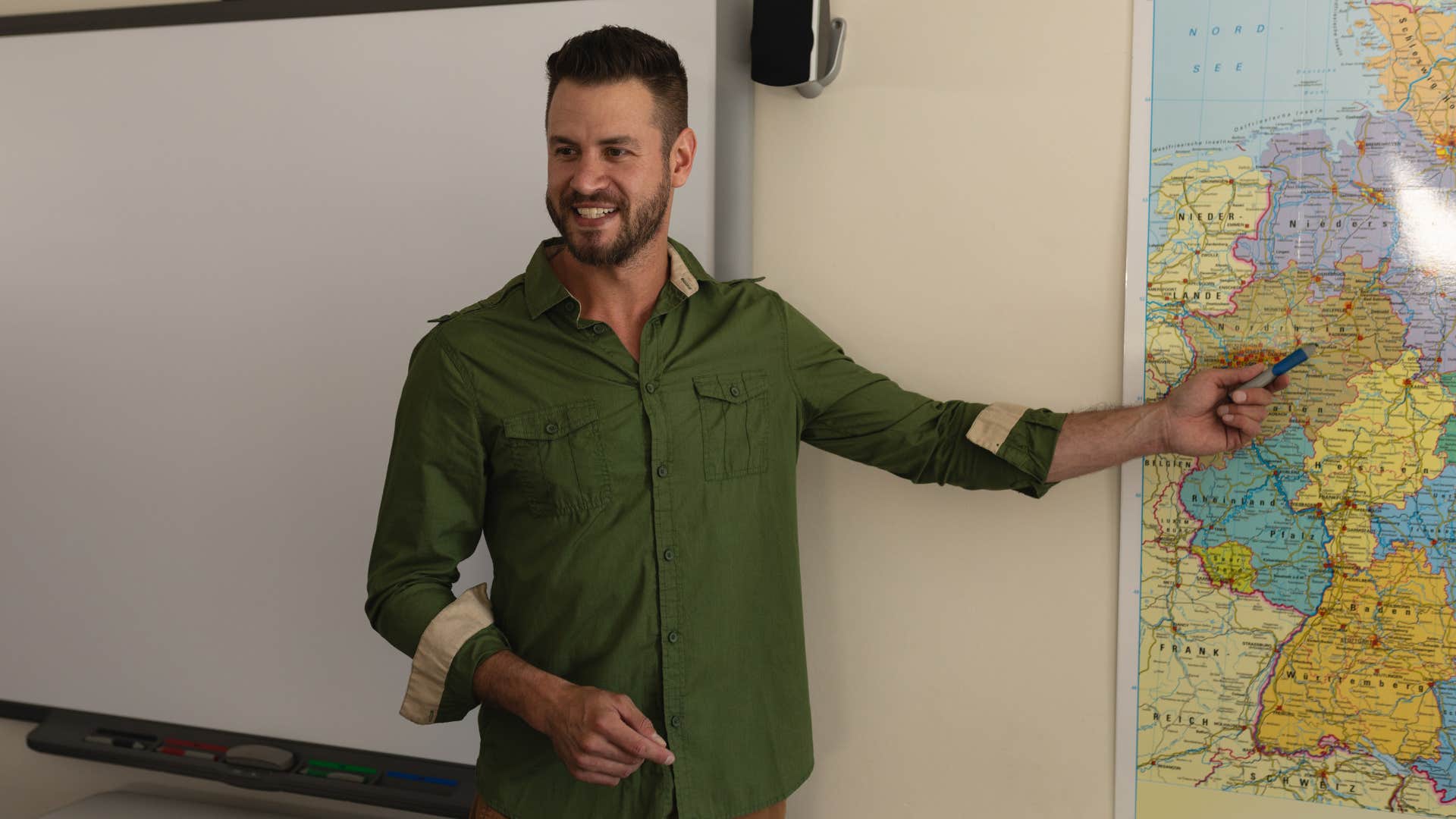 Wavebreakmedia | Shutterstock.com
Wavebreakmedia | Shutterstock.com
According to a Stanford University report on “reinventing education” with technology, many modern school districts are trying to re-empathize the usage and effectiveness of the technology they invested in during the pandemic — when they were also partly financially supported by stipends and government education grants.
As Gen Z and Gen Alpha students consistently go back to in-person classes across the country, that emphasis remains — on tablets, online gradebooks, testing online, virtual textbooks, and even seemingly miniscule resources like a map.
7. Staff smoking sections
 insta_photos | Shutterstock.com
insta_photos | Shutterstock.com
While older millennials might’ve started recognizing the shifts away from smoking, especially in public schools, the first law banning the practice on school properties was sparked closer to 1994, according to the American Heart Association — after many millennial students had already made it to high school and college.
Now, smoking is largely prohibited anywhere on most public school grounds, with detectors in bathrooms for students and staff and smoking sections completely redesigned across the country.
8. Manual pencil sharpeners
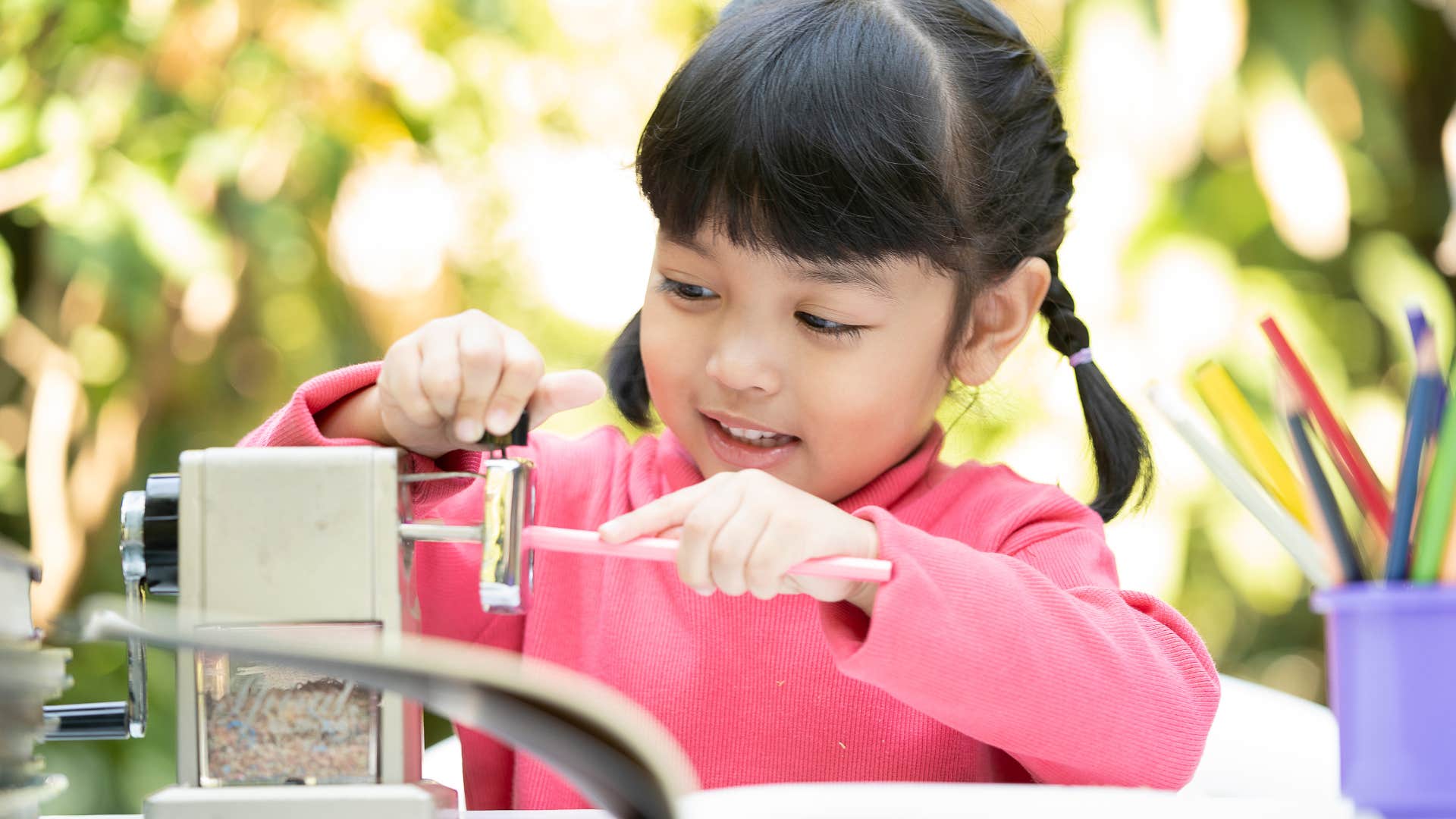 Asada Nami | Shutterstock.com
Asada Nami | Shutterstock.com
Many modern day schools today have started using electric pencil sharpeners to both save time and encourage efficiency in their busy classrooms in comparison to the manual experience millennials were accustomed to. While manual sharpeners haven’t gone away completely — they are cost effective, compared to automatic ones — they are less common.
In an epidemic of behavioral and focus qualms in classrooms, it’s not entirely surprising that teachers are hoping to save time and rid their classrooms of more distractions to compensate.
9. Library check-out cards
 GaudiLab | Shutterstock.com
GaudiLab | Shutterstock.com
While older students might’ve been forced to keep track of and maintain a library card when they rented books from their school libraries or teachers, many modern day classrooms have digital ways to do the same job.
If it’s not an entirely digital system for the librarian to maintain, it’s an e-book or digital note that ensures students are held accountable for their reading materials.
10. Traditional student desks
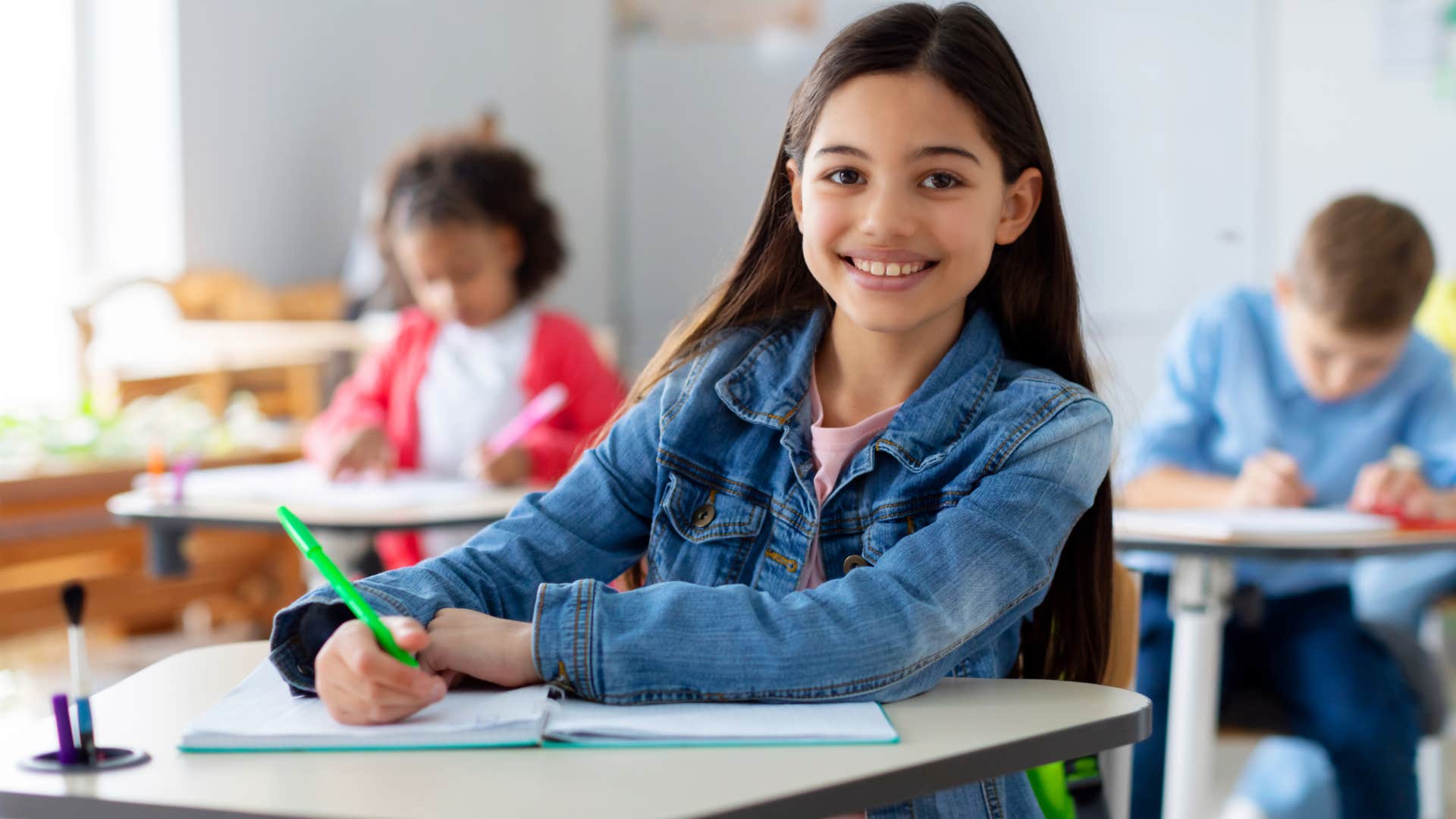 Fast-stock | Shutterstock.com
Fast-stock | Shutterstock.com
While millennials might’ve been forced into a rigid wooden desk in their classrooms, modern day students are more fortunate to have options — especially in school districts with better funding and staffing to support flexibility. Research from the Building and Environment journal reveals that when students are comfortable — even in their physical space, with the right desk and chair — they’re more productive and efficient in classrooms.
So, Gen Z and Gen Alpha students are reaping the benefits — with comfortable chairs, yoga balls, and sometimes even a space on the floor, to get their work done without back pain at the end of the day.
11. Analog clocks
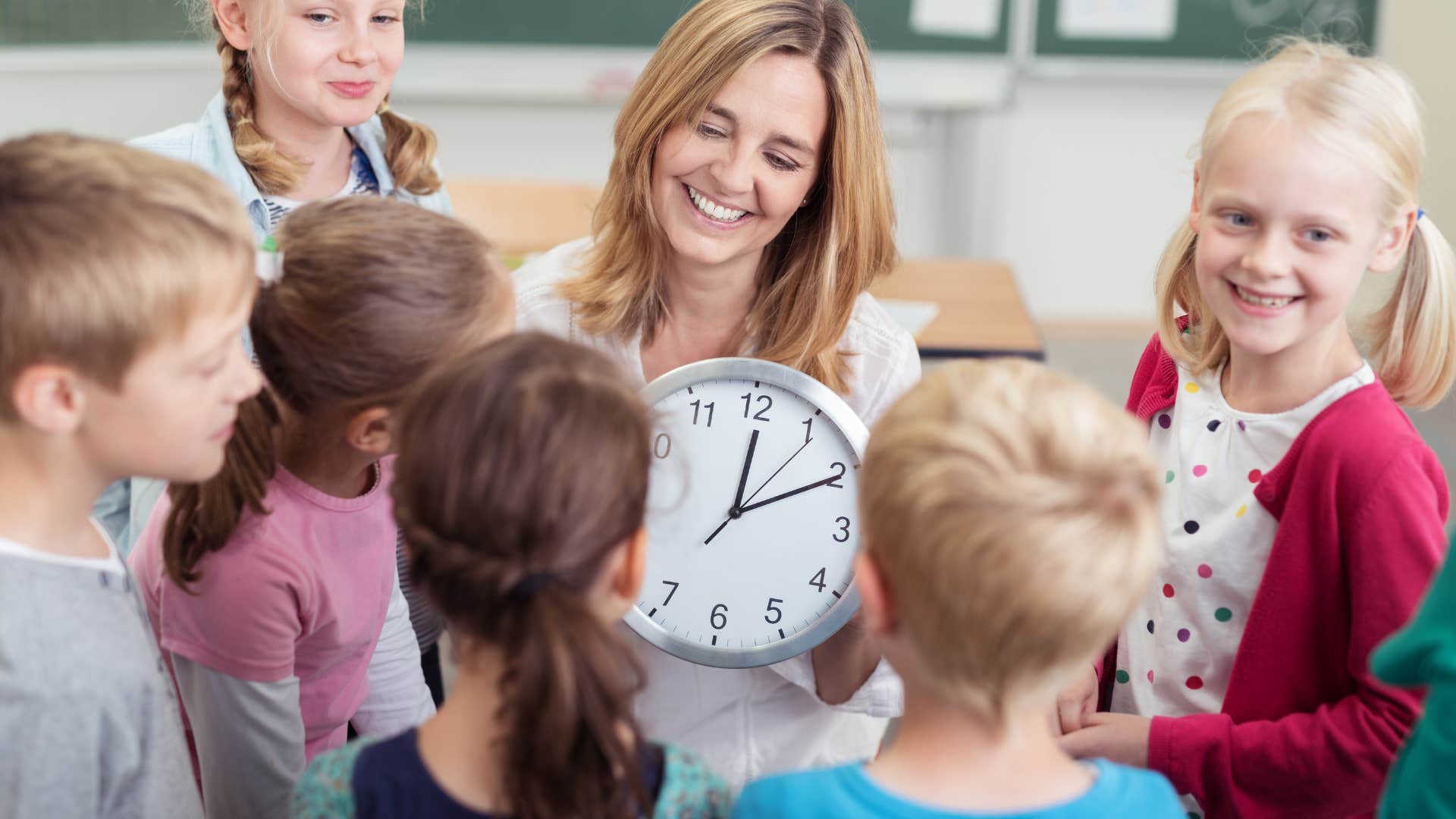 stockfour | Shutterstock.com
stockfour | Shutterstock.com
According to a report from the London Telegraph, many schools are ditching analog clocks because students are struggling to read them. With modern day technology that doesn’t require a second thought for reading the time, newer Gen Z and Gen Alpha students aren’t forced to both learn and perfect the skill.
While it might be shocking to older generations of students, this trend partially explains a larger unsettling realization in modern classrooms: many students can’t read. Leaps behind in terms of reading comprehension and linguistic skill, the rise of technology and shifting classroom norms — even with things that have disappeared from classrooms since millennials were in school — are coming at a detriment to many young students today.
12. Paper cutters
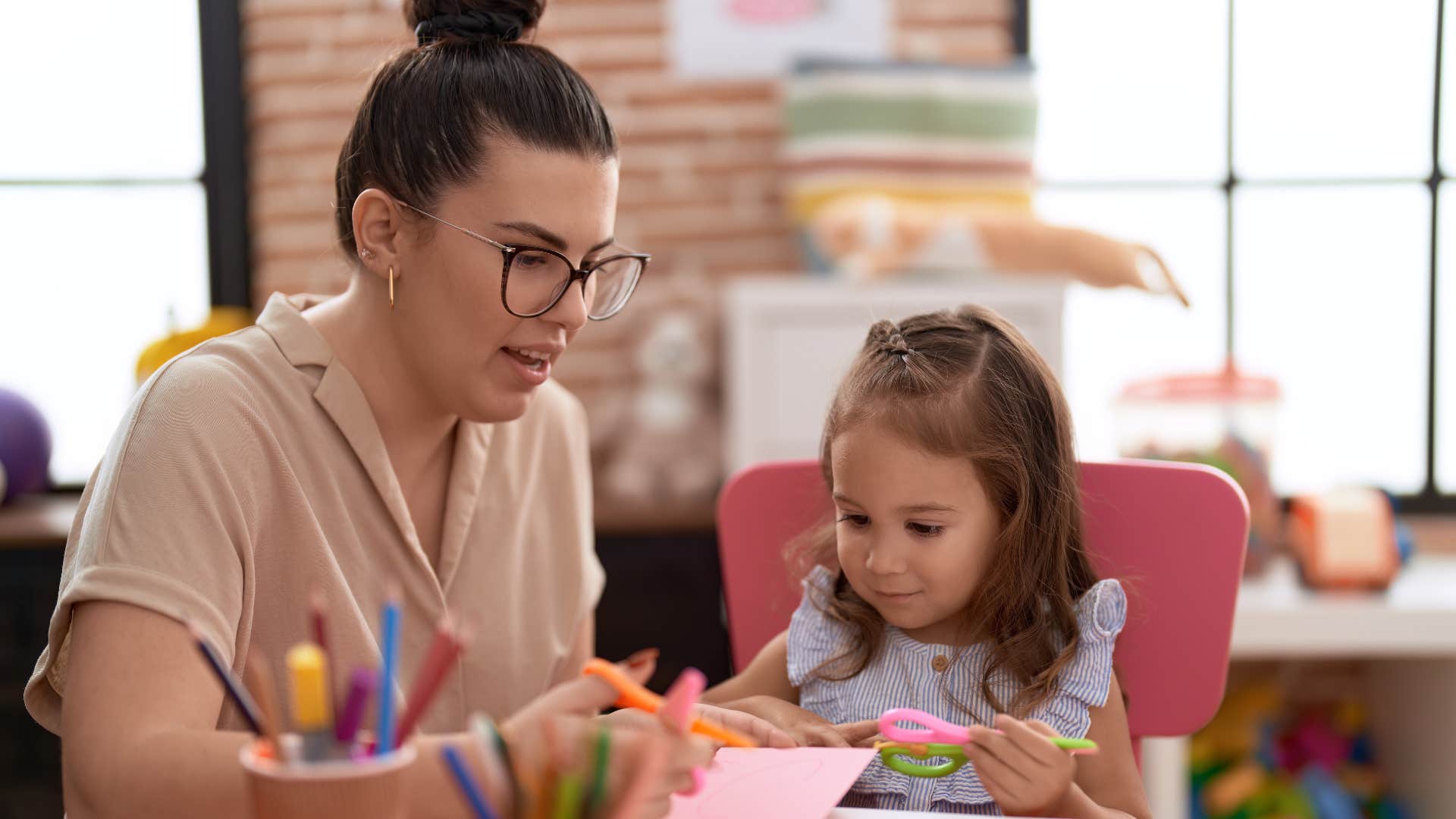 Krakenimages.com | Shutterstock.com
Krakenimages.com | Shutterstock.com
Despite their tendency to be hanging around in staff lounges and art classrooms a few decades ago, traditional paper cutters are largely being discarded in modern day classrooms today over safety concerns.
While they were just as unsafe for millennial students using them unsupervised in their own K-12 classrooms, administrators today are more safety-oriented than ever before, at least according to research from the Berkeley Political Review that reports shifts towards over-protective parenting, largely sparked by technological access, urge school districts to prioritize student safety.
Zayda Slabbekoorn is a staff writer with a bachelor’s degree in social relations & policy and gender studies who focuses on psychology, relationships, self-help, and human interest stories.

